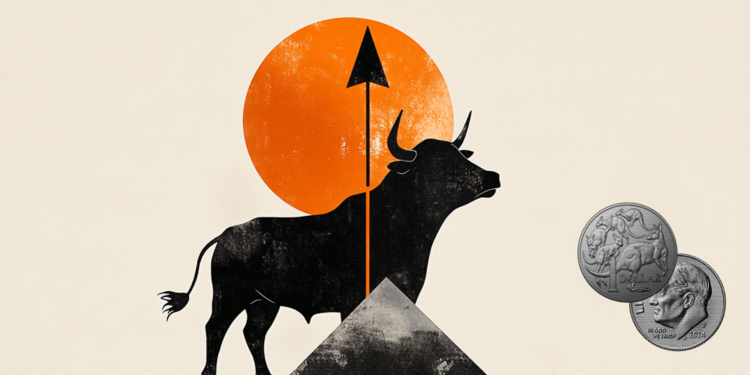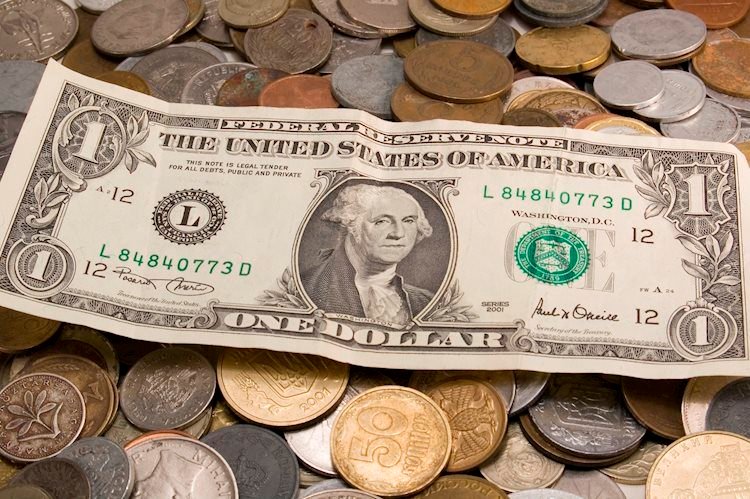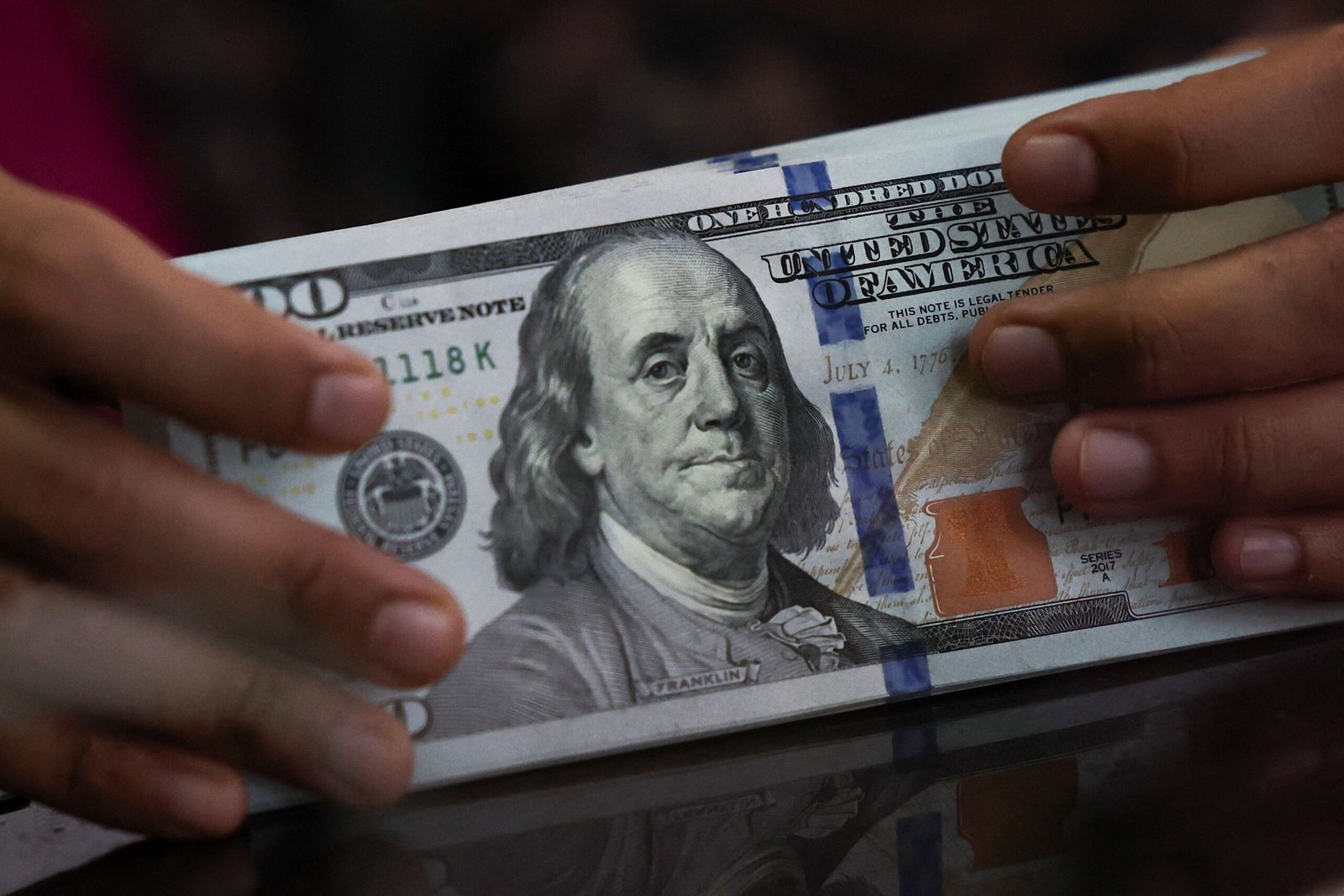The Australian Dollar (AUD) advances against the US Dollar (USD) on Monday, extending its gains for the second consecutive trading day. The AUD/USD pair remains stronger after the People’s Bank of China (PBOC) decided to keep its interest rates unchanged. China’s central bank left its one- and five-year Loan Prime Rates (LPRs) at 3.00% and 3.50%, respectively. It is worth noting that any change in the Chinese economy could impact the AUD as China and Australia are close trading partners.
China’s Gross Domestic Product (GDP) grew 4.8% year-over-year (YoY) in the third quarter (Q3) of 2025, as expected following a 5.2% growth in the second quarter. Meanwhile, the economy expanded 1.1% quarter-over-quarter (QoQ), surpassing the market consensus of 0.8% print.
China’s annual June Retail Sales increased by 3.0% in September, against 2.9% expected and 3.4% prior, while Industrial Production came in at 6.5% vs. 5.0% estimate and August’s 5.2%.
The S&P/ASX 200 remains subdued near 9,000 on Monday, weighed down by declines in Gold prices and other mining stocks in the previous session. However, the Australian stock markets may receive support from easing US-China trade tensions. US President Donald Trump said over the weekend that he believes China will make a deal on soybeans. Trump added, “We can lower what China has to pay in tariffs, but China has to do things for us too.”
The AUD receives downward pressure from the increased likelihood of a Reserve Bank of Australia (RBA) November rate cut, driven by a surprise uptick in the Unemployment Rate, which rose to 4.5% in September, jumping to a near four-year high. The figure came in above the market consensus and the previous 4.3%.
US Dollar struggles as government shutdown continues
- The US Dollar Index (DXY), which measures the value of the US Dollar against six major currencies, is losing ground and trading around 98.50 at the time of writing. The Greenback declines due to the ongoing US government shutdown, which has stretched into its 19th day with no resolution in sight, as senators failed for the tenth time to break the impasse during Thursday’s votes. It now stands as the third-longest funding lapse in modern US history.
- St. Louis Fed President Alberto Musalem spoke at the Institute of International Finance Annual Membership Meeting in Washington, DC, on Friday that he could support a path with another rate cut if more risks to jobs emerge and inflation is contained. Musalem added that the Fed should not be on a preset course and follow a balanced approach.
- US Federal Reserve (Fed) Governor Christopher Waller stated on Thursday that he supports another interest rate cut at this month’s upcoming policy meeting. Meanwhile, the Fed’s newest governor, Stephen Miran, reiterated his call for a more aggressive rate-cut trajectory for 2025 than that favored by his colleagues.
- Federal Reserve Chair Jerome Powell stated last week that the central bank is on track to deliver another quarter-point interest-rate reduction later this month, even as a government shutdown significantly reduces its read on the economy. Powell highlighted the low pace of hiring and noted that it may weaken further.
- The CME FedWatch Tool indicates that markets are now pricing in nearly a 100% chance of a Fed rate cut in October and a 96% possibility of another reduction in December.
- RBA Assistant Governor (Financial Markets) Christopher Kent spoke at the CFA Society Australia Investment Conference 2025 last week that financial conditions are less restrictive after recent rate cuts. Kent also added that the cash rate is now within a wide, uncertain neutral range, with the central bank reassessing its outlook with incoming data and risks.
- RBA Assistant Governor Sarah Hunter said that recent data has been a little stronger than expected, adding that inflation is likely to be stronger than forecast in the third quarter (Q3). Hunter highlighted that uncertainty about the global outlook remains elevated and stated that the board will adjust policy as appropriate as new information comes to hand. Expected consumer momentum to soften a little in Q3, she added.
Australian Dollar tests nine-day EMA barrier after breaking above 0.6500
AUD/USD is trading around 0.6510 on Monday. Technical analysis of a Daily chart indicates a sustained bearish bias, with the pair trading inside a descending channel. The 14-day RSI remains below 50, reinforcing the bearish outlook.
On the downside, the AUD/USD pair may navigate toward the lower boundary of the descending channel around 0.6430, followed by the four-month low of 0.6414, recorded on August 21. Further support lies at the five-month low of 0.6372.
The AUD/USD pair is testing the immediate barrier at the nine-day Exponential Moving Average (EMA) of 0.6517, followed by the 50-day EMA at 0.6547 and the descending channel’s upper boundary around 0.6580.
AUD/USD: Daily Chart

Australian Dollar Price Today
The table below shows the percentage change of Australian Dollar (AUD) against listed major currencies today. Australian Dollar was the strongest against the US Dollar.
| USD | EUR | GBP | JPY | CAD | AUD | NZD | CHF | |
|---|---|---|---|---|---|---|---|---|
| USD | -0.13% | -0.08% | 0.00% | -0.05% | -0.10% | -0.14% | -0.09% | |
| EUR | 0.13% | 0.06% | 0.11% | 0.07% | 0.04% | -0.02% | 0.06% | |
| GBP | 0.08% | -0.06% | 0.08% | 0.01% | -0.03% | -0.07% | 0.00% | |
| JPY | 0.00% | -0.11% | -0.08% | -0.06% | -0.09% | -0.20% | -0.08% | |
| CAD | 0.05% | -0.07% | -0.01% | 0.06% | 0.02% | -0.10% | -0.02% | |
| AUD | 0.10% | -0.04% | 0.03% | 0.09% | -0.02% | -0.06% | 0.02% | |
| NZD | 0.14% | 0.02% | 0.07% | 0.20% | 0.10% | 0.06% | 0.07% | |
| CHF | 0.09% | -0.06% | -0.00% | 0.08% | 0.02% | -0.02% | -0.07% |
The heat map shows percentage changes of major currencies against each other. The base currency is picked from the left column, while the quote currency is picked from the top row. For example, if you pick the Australian Dollar from the left column and move along the horizontal line to the US Dollar, the percentage change displayed in the box will represent AUD (base)/USD (quote).
Australian Dollar FAQs
One of the most significant factors for the Australian Dollar (AUD) is the level of interest rates set by the Reserve Bank of Australia (RBA). Because Australia is a resource-rich country another key driver is the price of its biggest export, Iron Ore. The health of the Chinese economy, its largest trading partner, is a factor, as well as inflation in Australia, its growth rate and Trade Balance. Market sentiment – whether investors are taking on more risky assets (risk-on) or seeking safe-havens (risk-off) – is also a factor, with risk-on positive for AUD.
The Reserve Bank of Australia (RBA) influences the Australian Dollar (AUD) by setting the level of interest rates that Australian banks can lend to each other. This influences the level of interest rates in the economy as a whole. The main goal of the RBA is to maintain a stable inflation rate of 2-3% by adjusting interest rates up or down. Relatively high interest rates compared to other major central banks support the AUD, and the opposite for relatively low. The RBA can also use quantitative easing and tightening to influence credit conditions, with the former AUD-negative and the latter AUD-positive.
China is Australia’s largest trading partner so the health of the Chinese economy is a major influence on the value of the Australian Dollar (AUD). When the Chinese economy is doing well it purchases more raw materials, goods and services from Australia, lifting demand for the AUD, and pushing up its value. The opposite is the case when the Chinese economy is not growing as fast as expected. Positive or negative surprises in Chinese growth data, therefore, often have a direct impact on the Australian Dollar and its pairs.
Iron Ore is Australia’s largest export, accounting for $118 billion a year according to data from 2021, with China as its primary destination. The price of Iron Ore, therefore, can be a driver of the Australian Dollar. Generally, if the price of Iron Ore rises, AUD also goes up, as aggregate demand for the currency increases. The opposite is the case if the price of Iron Ore falls. Higher Iron Ore prices also tend to result in a greater likelihood of a positive Trade Balance for Australia, which is also positive of the AUD.
The Trade Balance, which is the difference between what a country earns from its exports versus what it pays for its imports, is another factor that can influence the value of the Australian Dollar. If Australia produces highly sought after exports, then its currency will gain in value purely from the surplus demand created from foreign buyers seeking to purchase its exports versus what it spends to purchase imports. Therefore, a positive net Trade Balance strengthens the AUD, with the opposite effect if the Trade Balance is negative.







